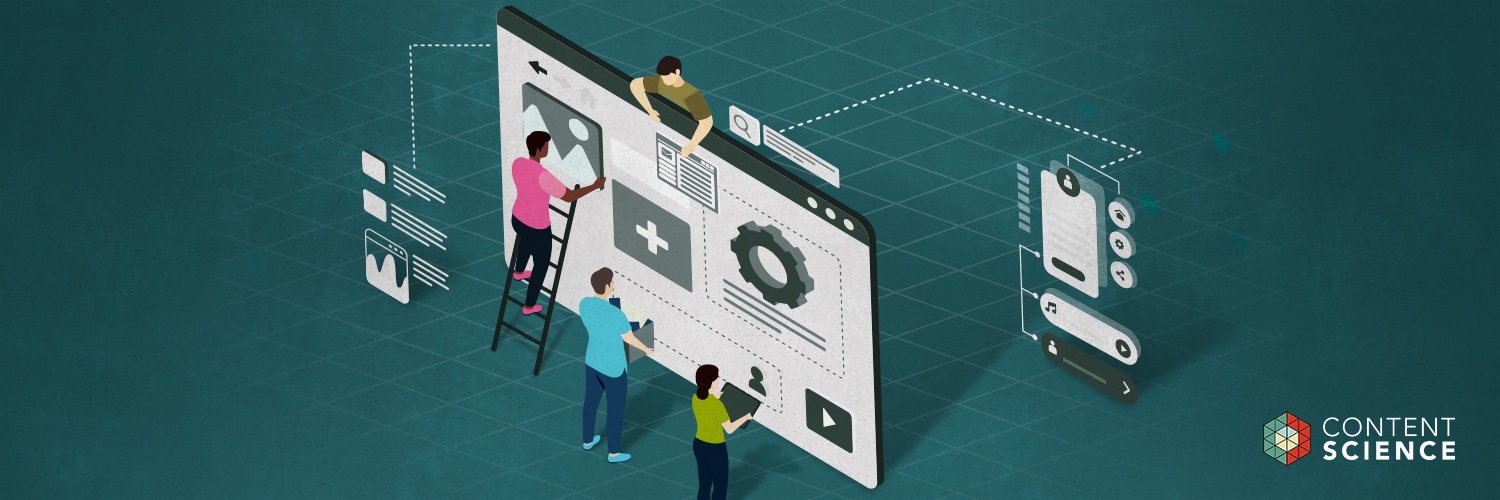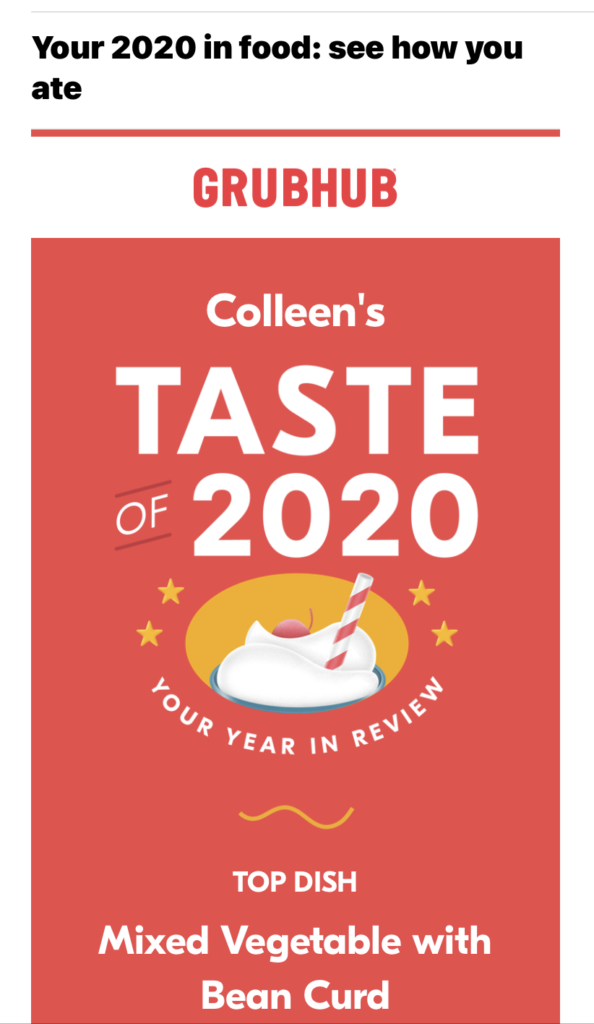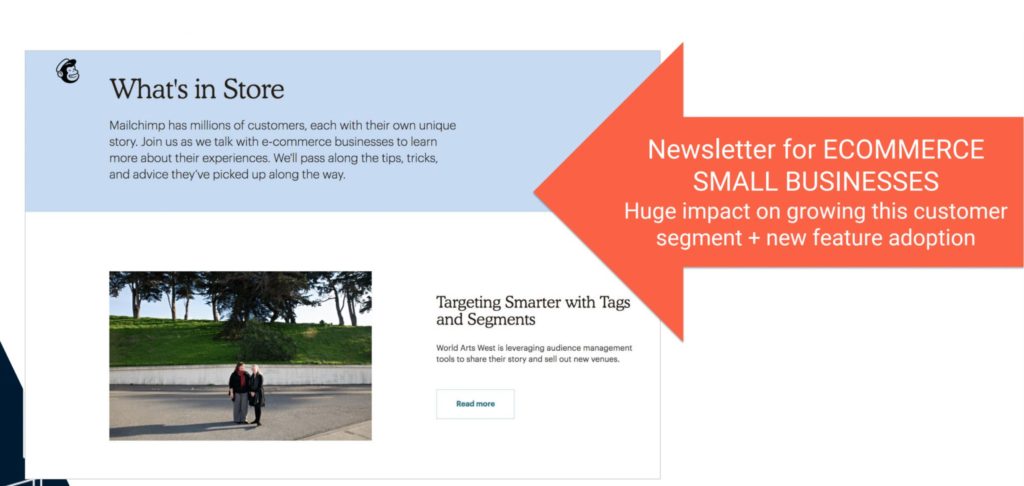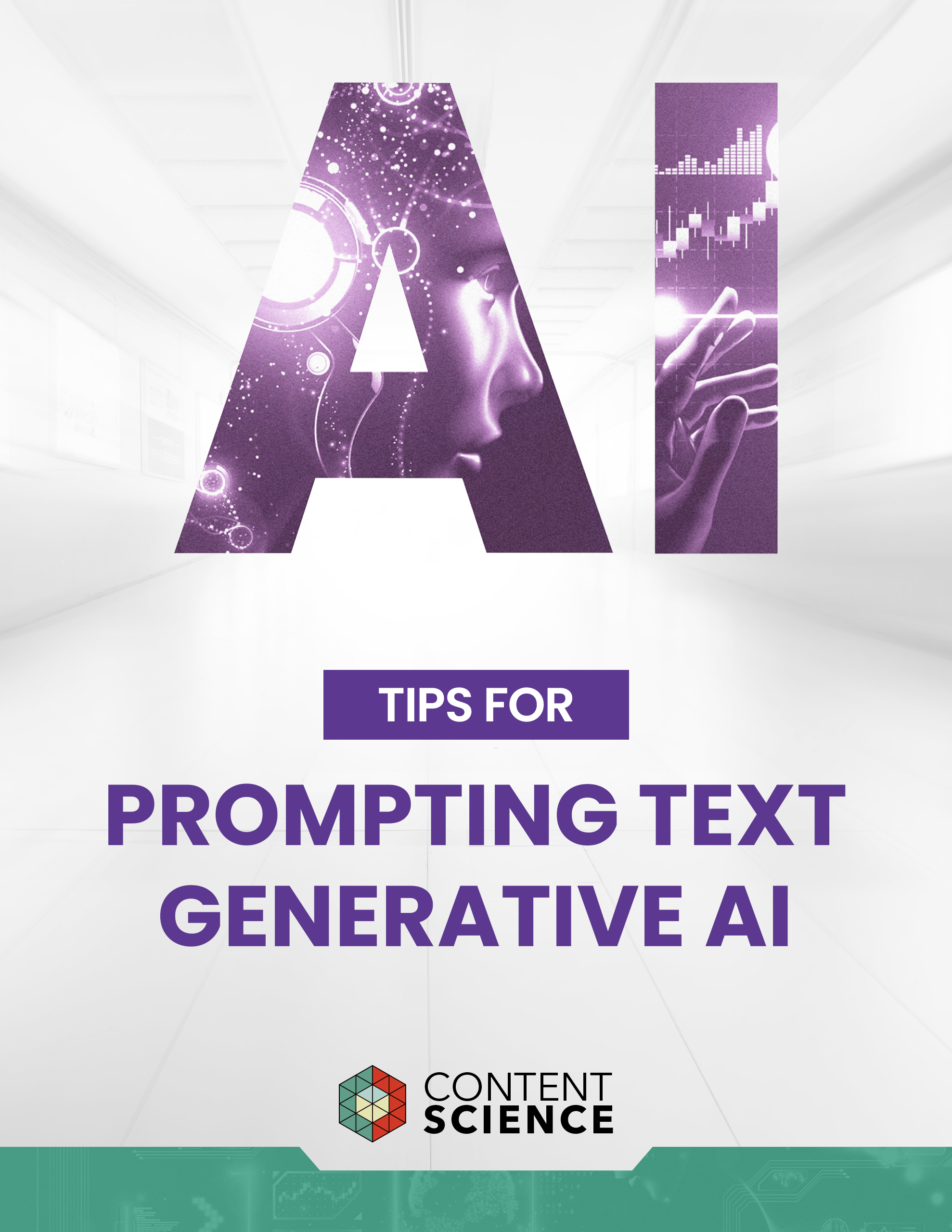
Does your audience perceive your content to be pertinent to their specific areas of interest?
Are you covering the topics and issues of use to your customers? If not, or if you’re unsure, you’re likely missing the mark when it comes to content relevance.
It’s essential that your organization makes content relevant. In fact, we have found this to be so important that Content Science includes Content Relevance as one of the six dimensions of content effectiveness we measure with our ContentWRX software.
ContentWRX evaluates content effectiveness across these six dimensions: discovery / findability, accuracy, usefulness, relevance, polish, and influence.
Our study of ContentWRX data has found that customers and audiences who perceived the content they used as relevant are:
- Nearly 3 times as likely to report accomplishing their goals than users who felt the content was only somewhat relevant
- More than 8 times as likely to report accomplishing their goals than users who felt the content was not relevant
How do you create relevant content? You need to:
- ensure content is timely,
- create content to match each audience,
- use technology to target customers with relevant content, and
- go further with dynamic personalization.
This step-by-step starter guide walks through key ways to get your content relevance initiative going.
Step 1: Ensure Content Is Timely
ContentWRX data found that 9.4% of users who said content was irrelevant to them indicated the content was out of date. Whether you are producing instruction manuals, providing weather data, or reporting the news, your users expect your content to be up to date.
To ensure your content is timely:
- Review user data regularly to find out what topics will be most relevant to users
- Publish content efficiently so you don’t end up putting up news and information when it’s too late
- Set up a process for updating or archiving old content
Step 2: Create Content To Match Each Audience
You are likely creating content that has to serve different types of customers. So you can’t just produce generic content to meet all of their needs. Your content must be relevant to each audience segment.
To create content that is relevant for each audience:
- Review customer personas or segments and align them with content plans
- Ask yourself how the content will help customers make a decision or complete a task
- Tag content by audience segment or user journey phase
Here’s an example of how The Home Depot targets content to specific customer segments. In their project guides, they tag content with the appropriate difficulty level.
Mailchimp also does a good job of matching content to customer type. For example, they create a newsletter that is specifically for e-commerce small businesses.
Step 3: Use Technology To Target Customers With Relevant Content
Today there is a range of tools to help you target customers with specific, relevant content. This type of technology can allow you to serve up the right content for the right customer at the right time.
These tools include:
- AI-powered writing technology such as Writer and Acrolinx that help you create content that is relevant and meaningful to your audience
- Web content management (WCM) systems and digital experience platforms (DXP) such as Adobe Experience Manager and Acquia (among many others) that allow you to deliver highly personalized, automated content
- Content effectiveness measurement technology such as Google Analytics and ContentWRX that helps you analyze your content and optimize it for specific audiences
Step 4: Go Further With Dynamic Personalization
Targeting customers with relevant content is just the beginning. By digging deeper into each specific user’s needs and goals, you can personalize content dynamically and really deliver wow moments.
Ideas for dynamic personalization include:
- Making offers relevant to a user’s account status
- Changing suggested content or products based on user behavior
- Congratulating users on completing a goal
- Rewarding them with a look back on their usage of a product / service for the year
For example, Grubhub offers an email with a handy and delightful retrospective on a customer’s usage for the year.

Next Steps
Follow these steps and suggestions to begin to put together a plan for improving content relevance. Once you’ve identified what your organization needs to do to get started with content relevance, an essential next step is to find out (using a tool such as ContentWRX) how your content is currently performing in terms of relevance. Understanding where you are will help you determine how fast and how far you have to go to make sure you have relevant content. You can also learn more about content relevance in The Content Advantage or by partnering with Content Science.
This article is part of our ongoing series of Starter Guides, developed to help you make improvements across the six dimensions of content effectiveness: Discovery, Accuracy, Polish, Relevance, Usefulness, and Influence.
Events, Resources, + More
Workshop: Are You Ready for AI?
Is your organization really ready for AI at scale? Let the Content Science team guide your leaders through assessing 4 areas of readiness.
Course: Prompting Text Generative AI
Learn how to bring out the full potential of text generative AI to create impactful content from this on-demand course.
Webinar: Benchmarks for Content Effectiveness
It's not about more content. It's about more effective content. Gain tips based on Content Science's unique research + experience.
The Ultimate Guide to End-to-End Content
Discover why + how an end-to-end approach is critical in the age of AI with this comprehensive white paper.








Comments
We invite you to share your perspective in a constructive way. To comment, please sign in or register. Our moderating team will review all comments and may edit them for clarity. Our team also may delete comments that are off-topic or disrespectful. All postings become the property of
Content Science Review.